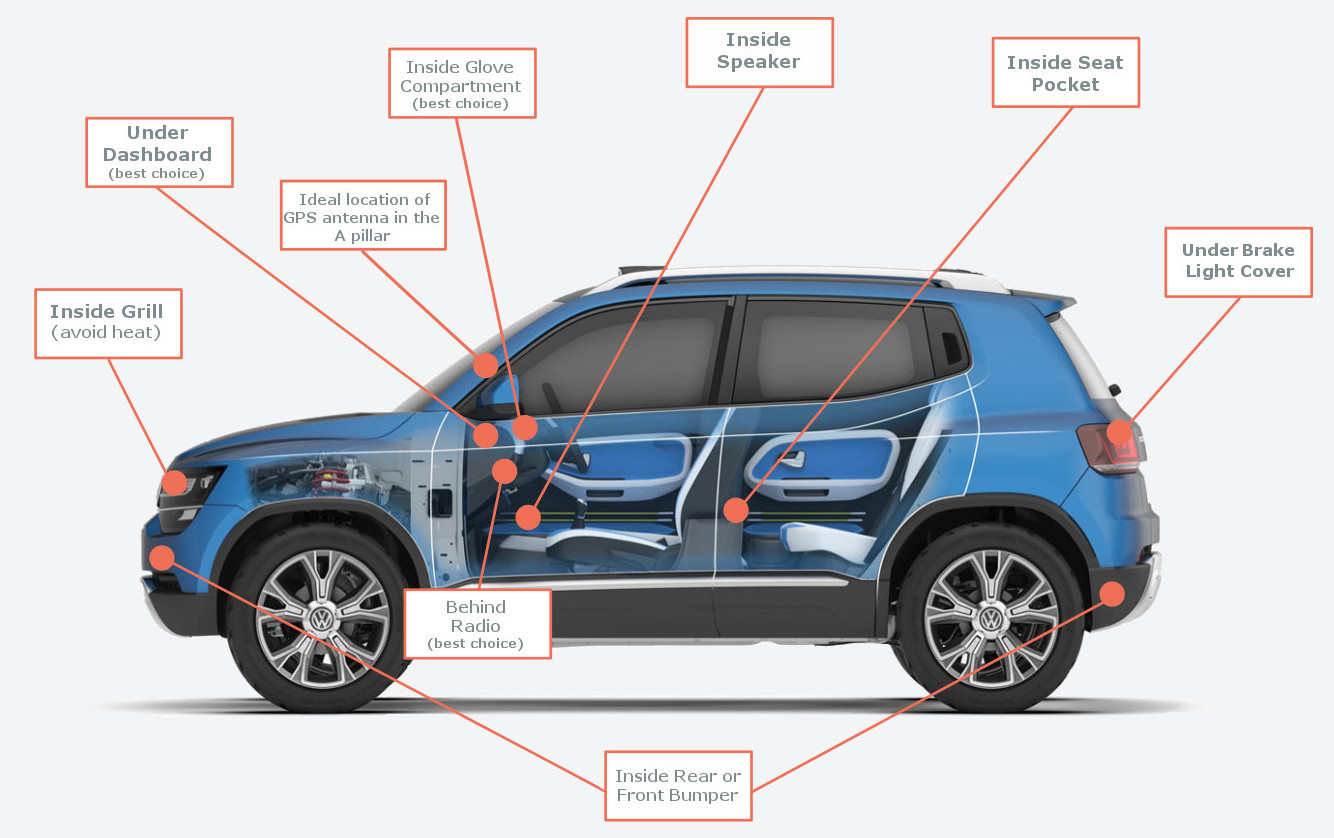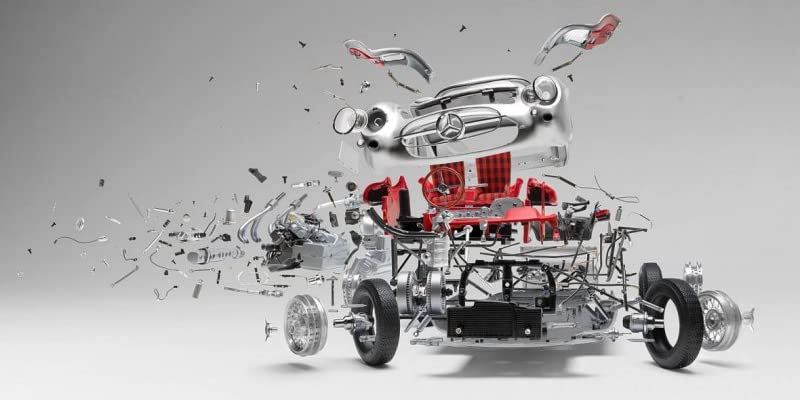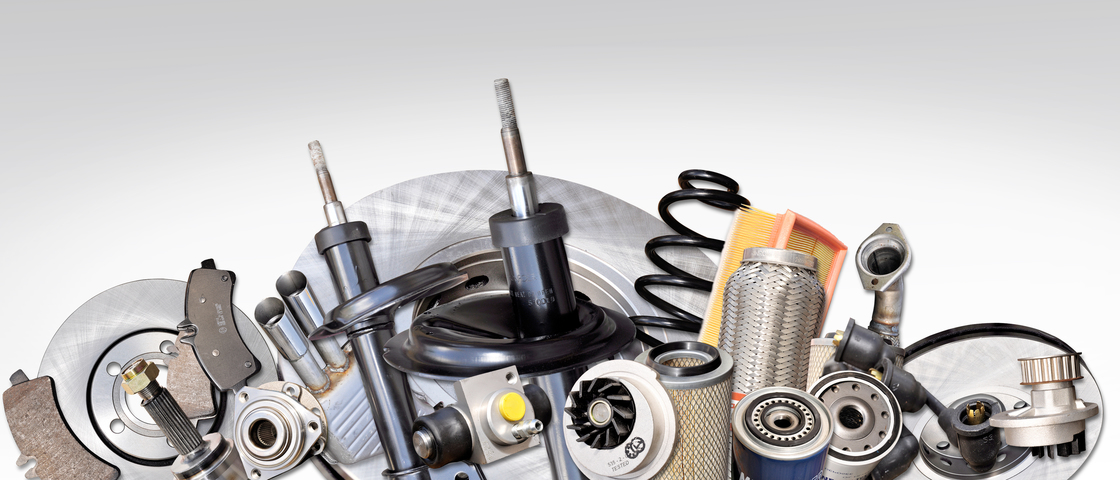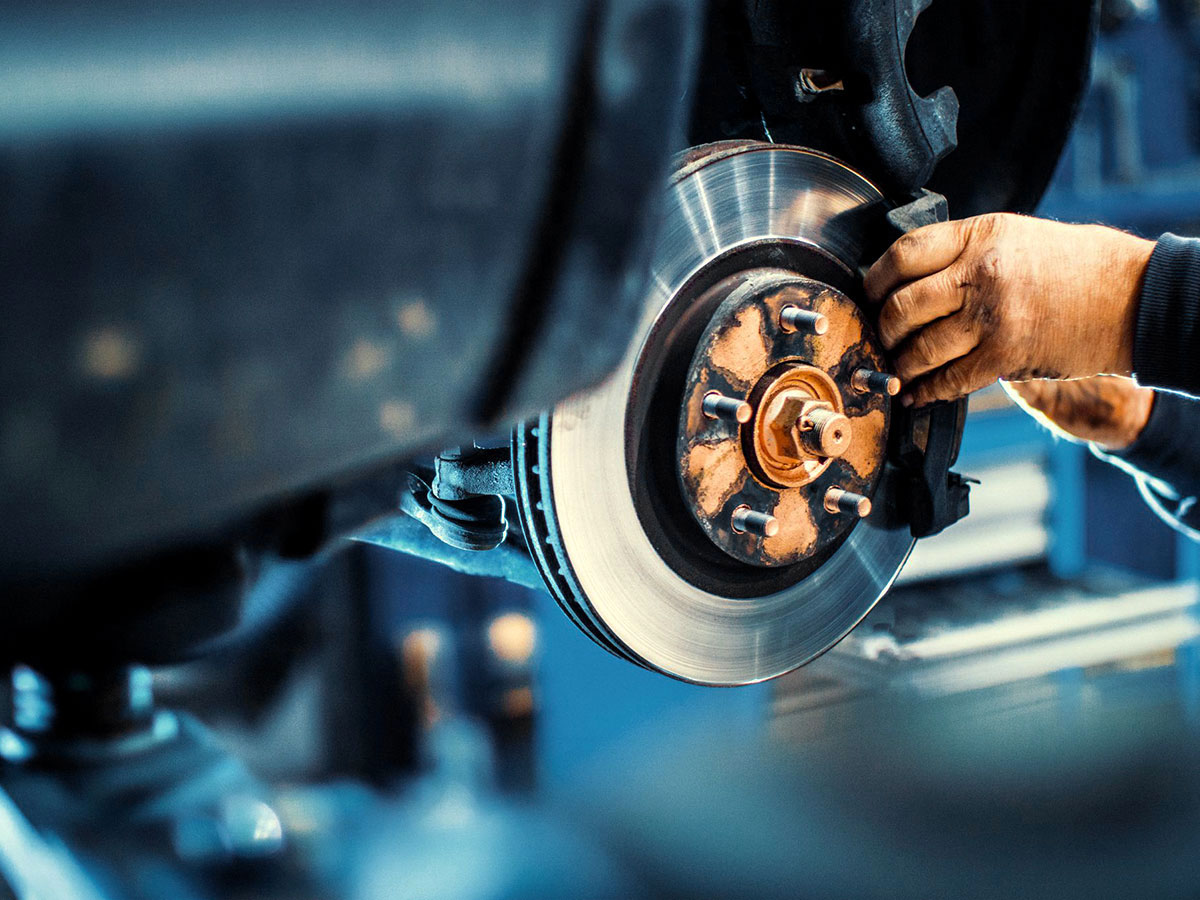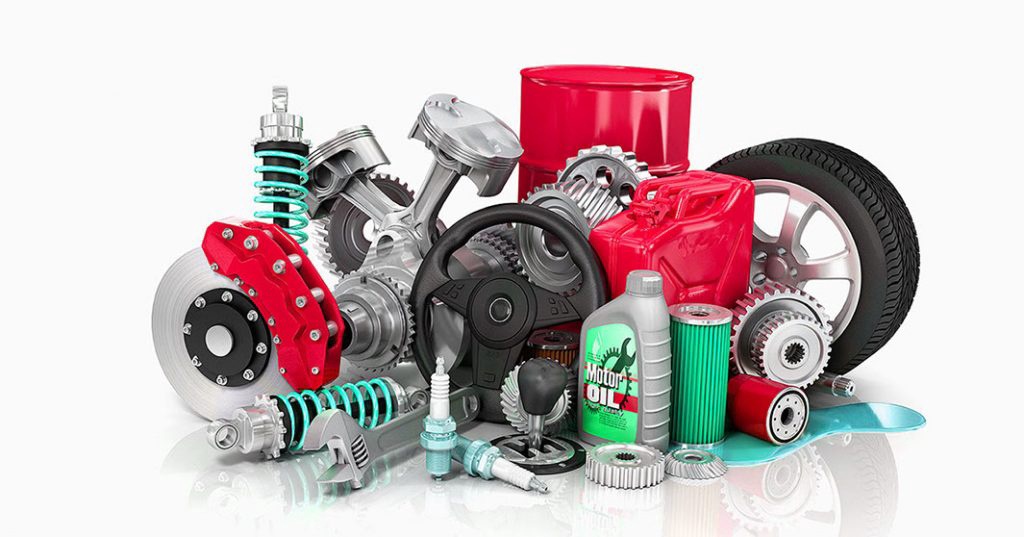About 4-Wheel-Drive Parts
Four-wheel drive (4WD) is a system in vehicles that distributes power to all four wheels equally. It is designed to improve traction and handling in off-road and difficult driving conditions. To function properly, 4WD vehicles require specialized parts that can handle the increased torque and stress that comes with off-road driving. These parts include:
Transfer case: This is the part that transfers power from the transmission to the front and rear axles.
Front and rear differentials: These parts are responsible for distributing power between the front and rear wheels and allowing them to turn at different speeds.
Driveshaft: This is the part that connects the transfer case to the front and rear differentials and transfers power to the wheels.
Axles: These parts are responsible for transmitting power from the driveshaft to the wheels and providing support for the vehicle.
Locking hubs: These parts allow the front wheels to be disengaged from the drivetrain when 4WD is not needed, reducing wear and tear on the system.
4WD parts can be expensive, but they are essential for off-road driving and maintaining the performance and safety of your vehicle. Regular maintenance and inspection of these parts can help prevent costly repairs and ensure that your 4WD system is functioning properly. It is also important to choose high-quality parts from reputable manufacturers to ensure durability and reliability in harsh driving conditions.
The Pros and Cons of 4-Wheel-Drive Vehicle Upgrades
Upgrading a 4-wheel-drive vehicle can offer several benefits, but it also has some drawbacks. Here are some pros and cons of 4-wheel-drive vehicle upgrades:
Pros:
Improved off-road performance: Upgrading a 4WD vehicle can improve its performance in off-road conditions. Suspension upgrades, bigger tires, and locking differentials can provide better traction, stability, and control on rough terrain.
Increased towing and hauling capacity: Upgrading the vehicle’s suspension, drivetrain, and brakes can increase its towing and hauling capacity, making it more versatile and useful for work and recreational activities.
Customization options: Upgrading a 4WD vehicle allows for customization options, including cosmetic upgrades such as paint jobs and decals, as well as performance upgrades such as engine modifications.
Higher resale value: A well-maintained and upgraded 4WD vehicle can have a higher resale value than a standard vehicle, especially if the upgrades are high-quality and well-suited for the vehicle’s intended use.
Cons:
Higher cost: Upgrading a 4WD vehicle can be expensive, especially if you opt for high-quality parts and professional installation.
Reduced fuel efficiency: Upgrading a 4WD vehicle can reduce its fuel efficiency, especially if you add heavier parts or bigger tires. This can increase your fuel expenses and environmental impact.
Reduced comfort and convenience: Some 4WD vehicle upgrades, such as lift kits or bigger tires, can reduce the vehicle’s comfort and convenience. The ride may become rougher and noisier, and maneuverability may be affected.
Legal and insurance issues: Some 4WD vehicle upgrades may not be legal in all states or may affect your insurance coverage. It’s important to research the regulations and consult with your insurance provider before making any modifications.
Overall, upgrading a 4-wheel-drive vehicle can offer significant benefits for off-road driving, towing, and customization. However, it’s important to consider the costs, potential drawbacks, and legal and insurance implications before making any modifications.
The Best 4-Wheel-Drive Parts for Your Budget
The best 4-wheel-drive parts for your budget will depend on your specific needs and the type of driving you plan to do. Here are some options for different budget ranges:
Low budget:
All-terrain tires: Upgrading to all-terrain tires can provide better traction on and off-road, without breaking the bank. Good options include BF Goodrich All-Terrain T/A KO2 and Falken Wildpeak A/T3W.
Recovery gear: Basic recovery gear such as a tow strap, winch kit, and snatch block can help you get out of tricky situations when off-roading, and can be relatively inexpensive.
Skid plates: Installing skid plates can protect the underside of your vehicle from damage when off-roading on rough terrain. Steel plates are more durable but heavier, while aluminum plates are lighter but less durable.
Mid-range budget:
Suspension lift kit: A suspension lift kit can provide additional ground clearance and improve off-road performance. Good options include Rough Country and Skyjacker.
Locking differentials: Upgrading to locking differentials can improve traction and stability on off-road terrain. Good options include Detroit Locker and ARB Air Locker.
Performance shocks: Upgrading to performance shocks can improve ride comfort and handling both on and off-road. Good options include Bilstein and Fox.
High budget:
Long-arm suspension kit: A long-arm suspension kit provides maximum articulation and clearance for off-road driving. Good options include Teraflex and Rock Krawler.
Off-road tires: Upgrading to more specialized off-road tires can provide maximum traction and durability in extreme conditions. Good options include BFGoodrich Mud-Terrain T/A KM3 and Goodyear Wrangler MT/R with Kevlar.
Winch: A high-quality winch can help you recover from difficult situations when off-roading. Good options include Warn and Smittybilt.
Remember, it’s important to choose high-quality parts from reputable manufacturers, even if they are more expensive, to ensure safety and reliability in off-road driving conditions. Additionally, consider consulting with a professional mechanic or off-road specialist to help you choose the best parts for your specific vehicle and driving needs.
Exploring the Different Types of 4-Wheel-Parts
There are many different types of 4-wheel-drive parts available, each with their own unique benefits and features. Here are some of the most common types of 4-wheel-drive parts:
- Tires: Tires are one of the most important parts of any 4-wheel-drive vehicle. Off-road tires are designed to provide better traction on rough terrain, while street tires are optimized for paved roads. There are also all-terrain tires that can handle both types of driving.
- Suspension: The suspension system is responsible for supporting the weight of the vehicle and providing a smooth ride. Suspension upgrades can improve off-road performance by increasing ground clearance, improving articulation, and providing better shock absorption.
- Locking differentials: Locking differentials can help to evenly distribute power between the wheels, providing better traction and stability on difficult terrain. There are two main types of locking differentials: mechanical and electronic.
- Winches: Winches can be used to pull the vehicle out of a difficult situation when off-roading. They can also be used to help others who are stuck or to move heavy objects.
- Skid plates: Skid plates are installed underneath the vehicle to protect the undercarriage from damage when driving over rocks, logs, or other obstacles. They can be made from steel, aluminum, or other materials.
- Off-road lights: Off-road lights can improve visibility when driving in low-light conditions or at night. There are several types of off-road lights, including spotlights, floodlights, and light bars.
- Bumpers: Upgraded bumpers can provide additional protection to the vehicle and can also be used to mount winches or off-road lights.
- Snorkels: Snorkels can be used to protect the engine from water damage when driving through deep water. They can also help to provide cleaner air to the engine when driving in dusty conditions.
These are just a few examples of the many different types of 4-wheel-drive parts available. When choosing parts for your vehicle, it’s important to consider your driving needs and the types of terrain you’ll be encountering, as well as your budget and the quality of the parts. Consulting with a professional mechanic or off-road specialist can also be helpful in choosing the right parts for your specific vehicle and driving style.
How to Choose the Right 4-Wheel-Parts for Your Vehicle
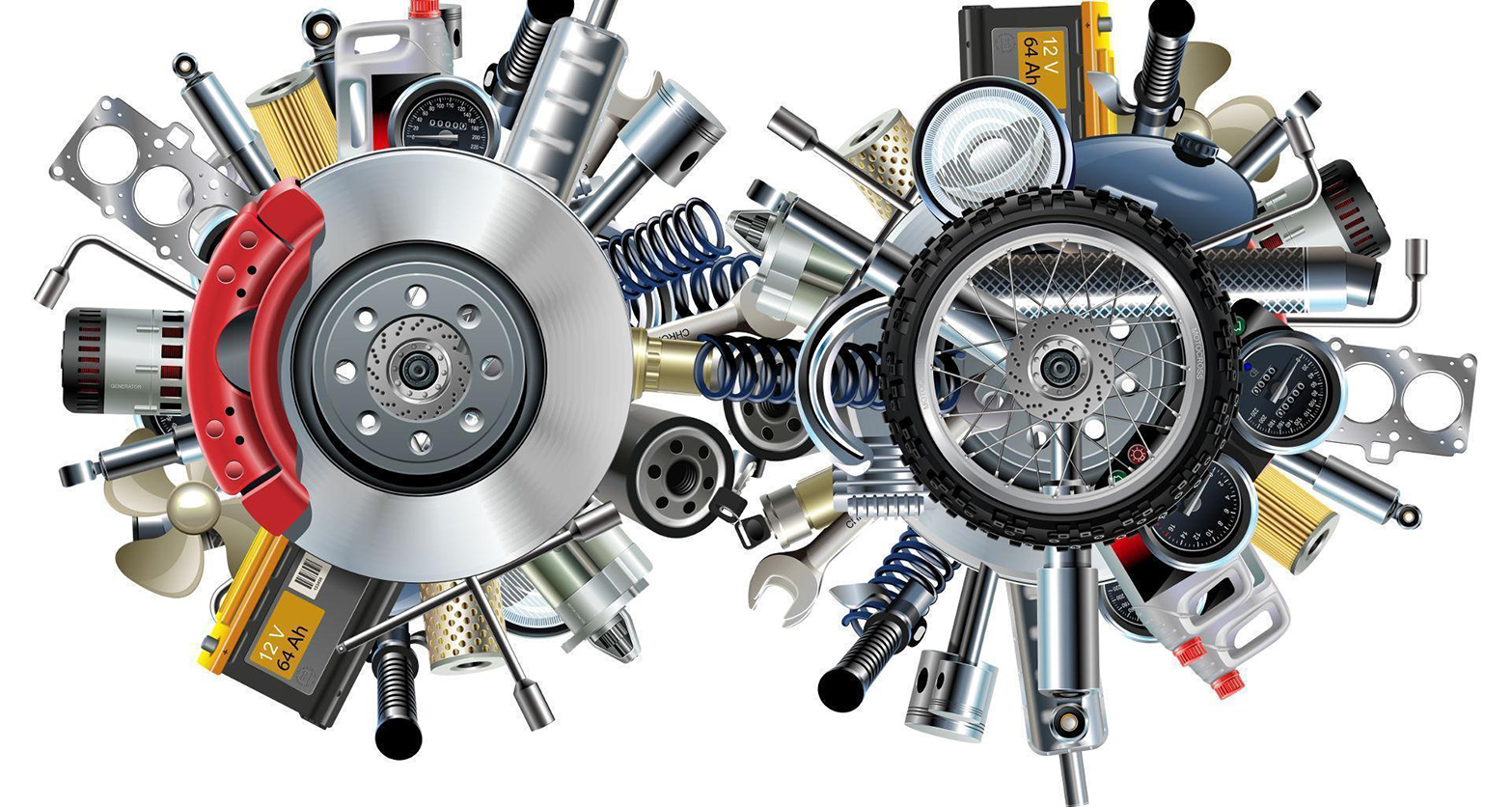
Choosing the right 4-wheel-drive parts for your vehicle depends on several factors, including your budget, driving style, and the types of terrain you plan to tackle. Here are some tips to help you choose the right parts for your vehicle:
- Determine your driving needs: Consider how you plan to use your vehicle. Are you planning to do serious off-roading or just looking to improve your vehicle’s performance on paved roads? Different parts are designed for different purposes, so it’s important to choose parts that match your driving needs.
- Research your options: Once you’ve determined your driving needs, research the different types of 4-wheel-drive parts available for your vehicle. Look at reviews, specifications, and pricing to help you compare different options.
- Set a budget: 4-wheel-drive parts can be expensive, so it’s important to set a budget before you start shopping. Consider what you can afford and prioritize which parts are most important to you.
- Consult with a professional: If you’re not sure which parts are best for your vehicle, consult with a professional mechanic or off-road specialist. They can offer guidance on which parts are best suited for your vehicle and driving needs.
- Consider quality: It’s important to choose high-quality 4-wheel-drive parts to ensure they’ll last and perform well over time. Look for reputable brands with good reviews and warranties.
- Installation: Some 4-wheel-drive parts may require professional installation. Consider the cost of installation and whether you have the tools and expertise to install the parts yourself.
By considering these factors, you can choose the right 4-wheel-drive parts for your vehicle and improve your off-road capabilities or on-road performance.
Tips for Installing 4-Wheel-Parts
Installing 4-wheel-drive parts can be a complex process, but with the right tools and knowledge, it can be done at home. Here are some tips to help you with the installation process:
- Read the instructions: Before starting the installation, read the instructions carefully. Make sure you understand all the steps and have all the necessary tools and parts.
- Gather the right tools: Gather all the necessary tools, including sockets, wrenches, pliers, and screwdrivers. Make sure you have the right sizes for the bolts and nuts you’ll be working with.
- Work in a clean, well-lit area: Find a clean, well-lit area to work on your vehicle. Make sure you have enough space to move around and access all the parts.
- Use a jack and jack stands: Use a jack and jack stands to raise your vehicle off the ground. Make sure you follow proper safety procedures when working under your vehicle.
- Use thread-locking compound: When installing bolts and nuts, use a thread-locking compound to prevent them from loosening over time.
- Tighten bolts and nuts to the correct torque: Use a torque wrench to tighten bolts and nuts to the correct torque specifications. This will ensure that they are tightened to the correct level and won’t come loose while driving.
- Test your new parts: After installation, test your new 4-wheel-drive parts to make sure they’re working properly. Take your vehicle for a short test drive and listen for any unusual noises or vibrations.
- Double-check your work: Once you’ve completed the installation, double-check your work to make sure everything is tight and secure. Check for any leaks, loose connections, or other issues.
By following these tips, you can install 4-wheel-drive parts safely and effectively. However, if you’re not comfortable doing the installation yourself, it’s best to seek professional help.
Troubleshooting Common Issues with 4-Wheel-Parts
Here are some common issues that can arise with 4-wheel-drive parts and some troubleshooting tips to help you address them:
- Noise or vibration while driving: This can be caused by worn-out or damaged suspension components, such as bushings, ball joints, or shocks. Check these parts for wear or damage and replace as necessary.
- Difficulty shifting into 4-wheel drive: This can be caused by a faulty transfer case or a damaged shift linkage. Check these components and replace any damaged parts.
- Reduced steering responsiveness: This can be caused by worn-out or damaged steering components, such as tie rods or ball joints. Check these parts for wear or damage and replace as necessary.
- Leaking differential: This can be caused by worn-out or damaged seals. Check the differential for leaks and replace any damaged seals.
- Grinding noise when turning: This can be caused by worn-out or damaged wheel bearings. Check these parts for wear or damage and replace as necessary.
- Reduced power or acceleration: This can be caused by a clogged air filter, worn spark plugs, or a malfunctioning fuel system. Check these components and replace or repair as necessary.
- Check engine light: This can be caused by a variety of issues, such as a faulty oxygen sensor or a malfunctioning catalytic converter. Use an OBD-II scanner to read the trouble codes and diagnose the issue.
If you’re not comfortable troubleshooting these issues yourself, it’s best to seek professional help. A qualified mechanic or off-road specialist can help diagnose and repair any issues with your 4-wheel-drive parts.
A Guide to Maintaining 4-Wheel-Parts
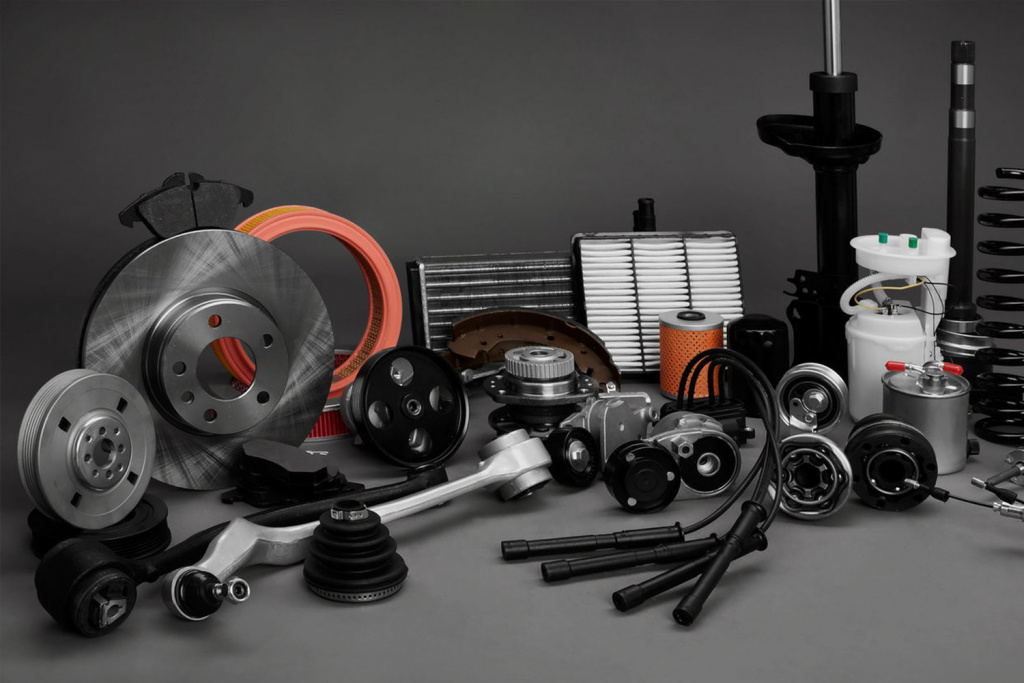
Maintaining your 4-wheel-drive parts is essential for keeping your vehicle running smoothly and extending the life of your components. Here are some tips for maintaining your 4-wheel-drive parts:
- Regularly inspect your 4-wheel-drive parts: Regularly inspect your 4-wheel-drive parts for any signs of wear or damage, such as leaks, cracks, or loose bolts. Address any issues as soon as possible to prevent further damage.
- Clean your 4-wheel-drive parts: Regularly clean your 4-wheel-drive parts to remove dirt, mud, and other debris. Use a high-pressure washer or a hose with a nozzle to remove dirt and debris from your undercarriage and components.
- Change fluids regularly: Change the fluids in your transfer case, differential, and transmission regularly, as specified by your vehicle’s manufacturer. This will help prevent wear and tear on your components.
- Lubricate your 4-wheel-drive parts: Lubricate your 4-wheel-drive parts regularly to prevent rust and corrosion. Use a high-quality lubricant that’s appropriate for your specific components.
- Check your tires: Regularly check your tire pressure and tread depth to ensure that your tires are properly inflated and in good condition. This will help prevent damage to your suspension components and drivetrain.
- Use your 4-wheel-drive system regularly: If your vehicle has a 4-wheel-drive system, use it regularly to keep your components lubricated and functioning properly. This will also help prevent rust and corrosion.
- Store your vehicle properly: If you store your vehicle for extended periods, make sure it’s stored in a dry, cool location to prevent rust and corrosion. Remove the battery and store it separately to prevent discharge.
By following these tips, you can keep your 4-wheel-drive parts in good condition and prevent damage and wear. If you’re not comfortable maintaining your 4-wheel-drive parts yourself, it’s best to seek professional help. An off-road specialist or mechanic can help you maintain and repair your components.
FAQ
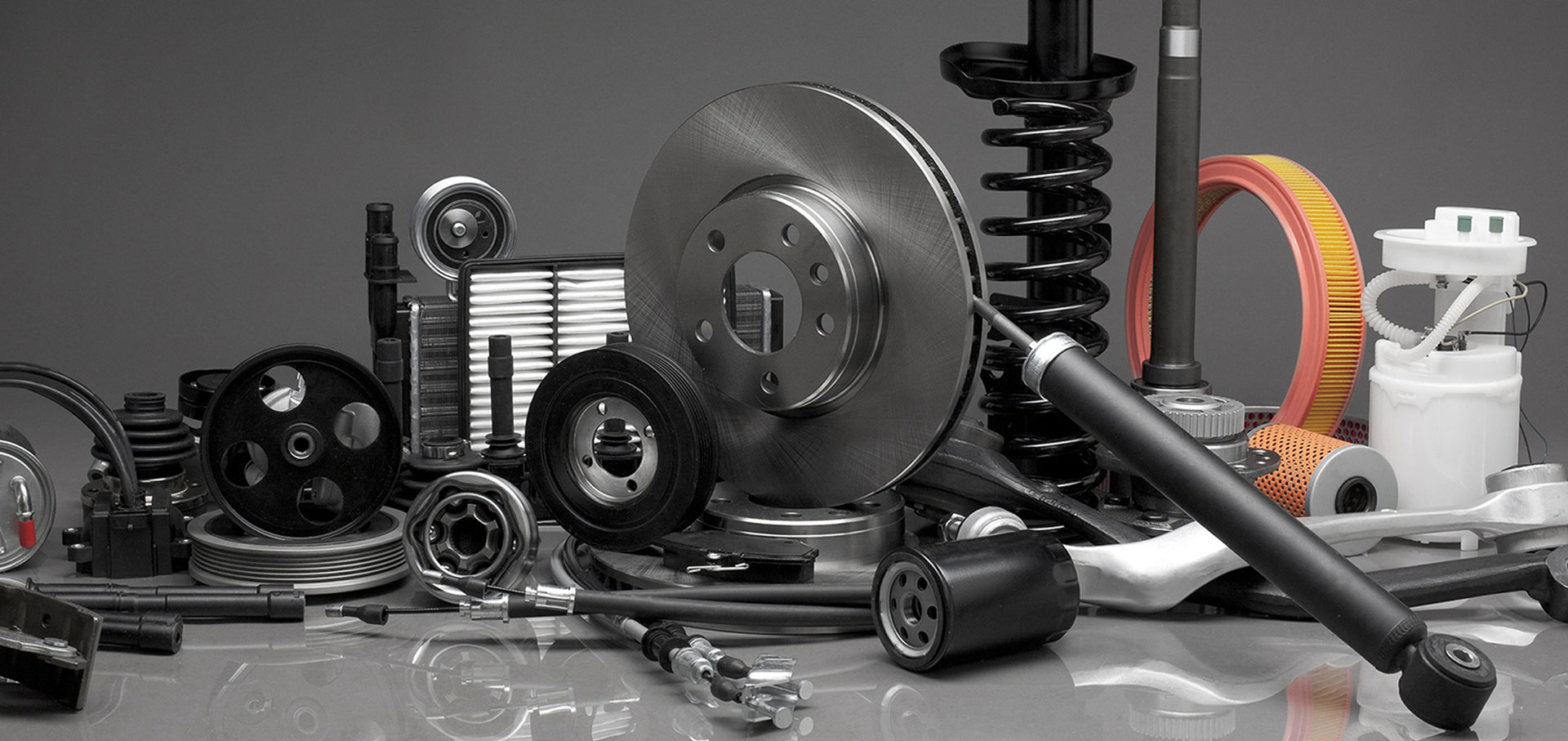
What are 4-wheel-drive parts?
4-wheel-drive parts are components that are designed to improve the off-road capabilities of a vehicle. These parts include axles, drivelines, suspension components, transfer cases, locking differentials, and other components that are designed to improve traction, clearance, and handling.
What is the difference between 4-wheel-drive and all-wheel-drive?
4-wheel-drive vehicles are typically designed for off-road use and have a system that can engage all four wheels to provide traction. All-wheel-drive vehicles are designed for use on the road and have a system that can distribute power to all four wheels, but they typically do not have the same level of off-road capabilities as 4-wheel-drive vehicles.
What are the benefits of upgrading 4-wheel-drive parts?
Upgrading your 4-wheel-drive parts can improve the off-road capabilities of your vehicle, increase traction, and provide better handling and clearance. Upgrades can also improve the durability and reliability of your components, which can reduce maintenance costs and extend the life of your vehicle.
What are some common 4-wheel-drive upgrades?
Common 4-wheel-drive upgrades include lift kits, larger tires, upgraded shocks and struts, locking differentials, winches, and skid plates.
Can I install 4-wheel-drive parts myself?
Installing 4-wheel-drive parts can be challenging and requires mechanical expertise and specialized tools. If you are not comfortable working on your vehicle, it’s best to seek the help of a professional mechanic or off-road specialist.
How often should I maintain my 4-wheel-drive parts?
You should regularly inspect and maintain your 4-wheel-drive parts to ensure they are functioning properly. The frequency of maintenance will depend on how often you use your vehicle and the conditions in which you drive. Consult your vehicle’s owner’s manual for specific maintenance intervals.
What should I do if I experience problems with my 4-wheel-drive system?
If you experience problems with your 4-wheel-drive system, such as difficulty engaging or disengaging, or unusual noises, it’s best to seek the help of a professional mechanic or off-road specialist. They can diagnose the problem and make any necessary repairs or upgrades.
Conclusion
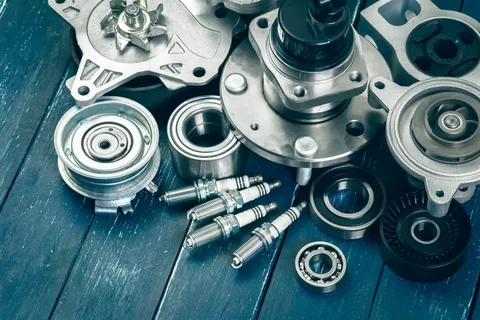
Upgrading your 4-wheel-drive parts can greatly improve the off-road capabilities of your vehicle and provide better handling and clearance. Whether you are looking to install a lift kit, larger tires, or locking differentials, it’s important to choose the right parts for your vehicle and use proper installation techniques. Regular maintenance and inspections are also important to ensure your 4-wheel-drive system is functioning properly. If you experience any problems, it’s best to seek the help of a professional mechanic or off-road specialist to diagnose and repair the issue.

